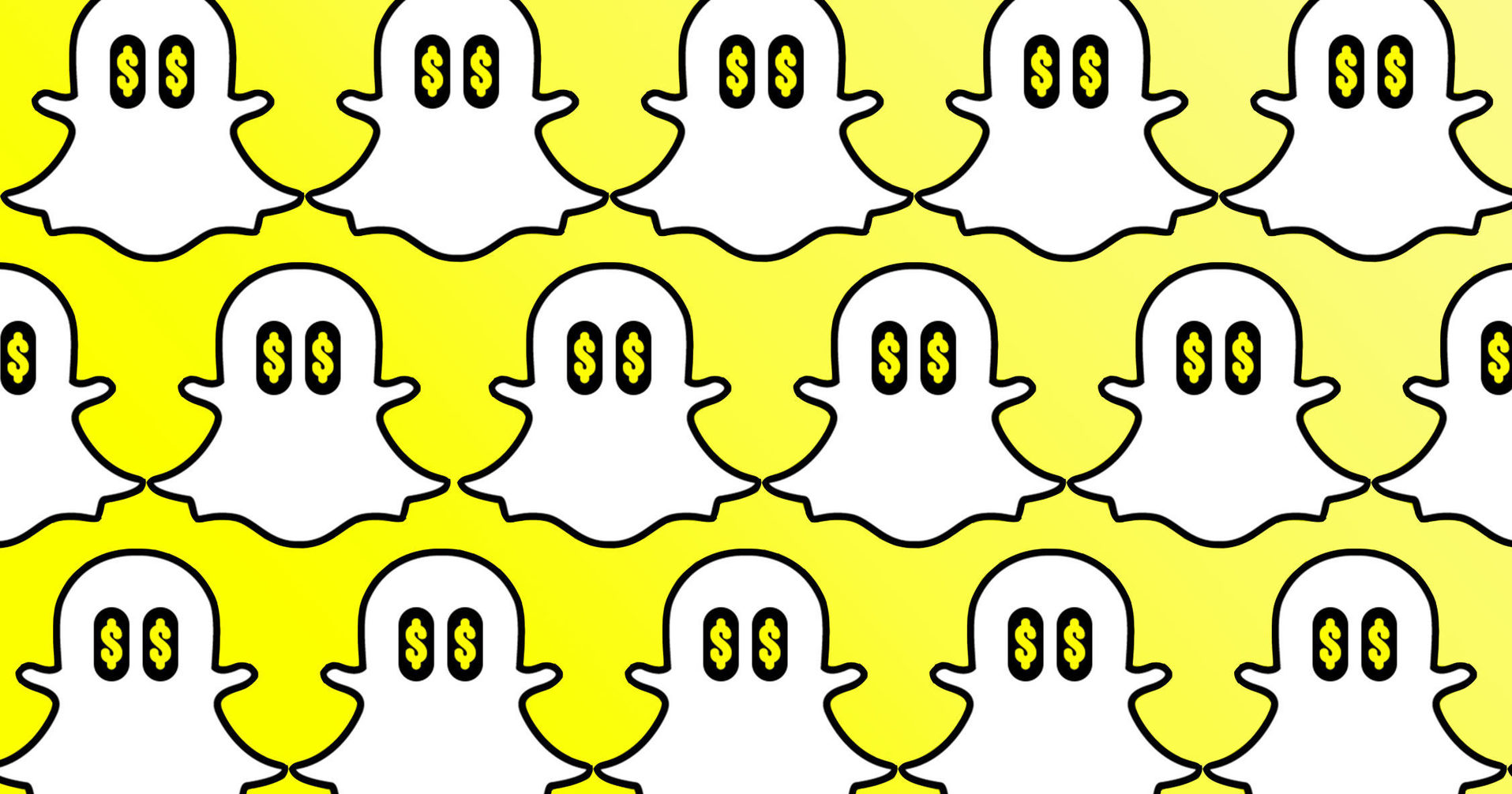But for the moment, the market isn’t optimistic. Snap reported revenue of $149.6 million in the first quarter of 2017, a significant gain from the $39 million it pulled in during the same period one year ago but below Wall Street’s expectations of $159 million. The Los Angeles-based company also added 8 million new daily users in the first three months of the year, a year-on-year growth of 36 percent, compared to 52 percent growth one year ago. Meanwhile, it lost a whopping $2 billion because of stock-based compensation during its February IPO—most notably, the $750 million awarded to CEO and founder Evan Spiegel for taking the company public. In after-hours trading, Snap’s stock plunged 20 percent—and by the looks of things, it could keep dropping.
Needless to say, Snap’s long-term potential won’t be the story many investors will want to hear after these dismal numbers. But they should cut Snap some slack: Snap is like no other company at the moment, even taking Instagram’s aping of many of its features into account. “Snap is a niche platform,” says Brian Wieser, a media industry analyst at Pivotal Research. “It’s not an alternative, but a complement.”
On an internet where fake news, crappy ads, and hate abound, Snap exerts tight control over what gets featured on its platform and how that content gets shared, an approach on which Snap has built a dedicated audience. It’s a business model far removed from Facebook and Google, both built on scale and the (very) long tail of online content. Three months isn’t long enough to tell for sure how Snap’s alternative approach will play out.
Sourced through Scoop.it from: www.wired.com




Leave A Comment